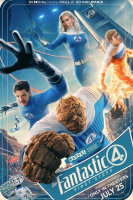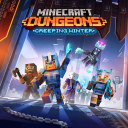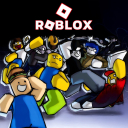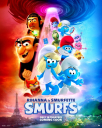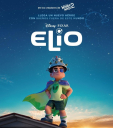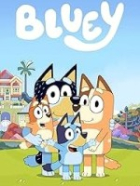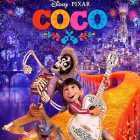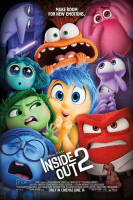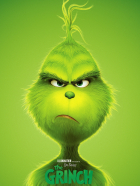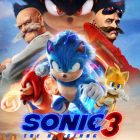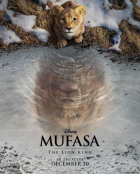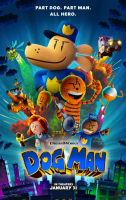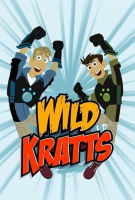The Fantastic Four: First Steps
Rising out of the swirling mists of superhero history, The Fantastic Four: First Steps delivers on the promise that Marvel’s First Family can be as fresh, relevant, and exhilarating as any MCU icon. Under Matt Shakman’s direction, this film finally captures the audacity, optimism, and fractious warmth that made Reed Richards, Sue Storm, Ben Grimm, and Johnny Storm legendary—a vibrant, retro-modern epic unafraid to ask what it means to invent, to protect, and to take that first leap into an unknown future.
A Daring Alternate 1960s—Living, Breathing, Unpredictable
The film’s world-building is nothing short of spectacular. Gone are the dreary cityscapes and generic hideouts of lesser blockbusters. Instead, we are thrust into an alternate 1960s crackling with daylight, color, and the whir of possibility. The Baxter Building is an open, bustling hub: half laboratory, half cultural crossroads. Yancy Street boils with street vendors and futurist murals, while the Future Foundation’s presence rewrites civic life—making this version of New York City as much a hero as the team itself.
Set designers and costumers lean in: uniforms flash with white and cyan, the Excelsior spaceship gleams with hand-built detail, and every corridor is adorned with posters celebrating science, peace, and the upcoming age. This isn’t nostalgia—it’s an immersive, living statement of hope.
A Family of Legends, Not Just Heroes
Crucially, Shakman skips origins and learning curve tropes, trusting Pascal, Kirby, Moss-Bachrach, and Quinn to convey years of complicated history in a handful of shared glances, running jokes, and raw arguments. Pedro Pascal’s Reed is the rare cinematic genius who expresses doubt and wonder in equal measure, while Kirby’s Sue radiates both authority and fragile hope, equally at home defusing cosmic threats and family tension.
Ebon Moss-Bachrach crafts a Ben Grimm who is more than muscle—a tragicomic anchor, trying to protect his friends from the burdens of heroism he knows all too well. Joseph Quinn nails Johnny’s mercurial path from prankster to icon, threading his flamboyance with insecurity and sudden flashes of self-awareness. Their dynamic—sometimes tender, sometimes stormy—feels precisely like family: supportive, infuriating, and unbreakable.
Cosmic Encounters—Galactus Looms
Ralph Ineson’s Galactus is something truly new—a planet-devourer, yes, but also an outsider whose hunger is less evil than existential, a force that terrifies because he obeys no human logic. Julia Garner’s Silver Surfer (Shalla-Bal) is mesmerizing, haunting New York’s skies with an alien grace and uncertain loyalty. The film wisely gives both characters ample time for reflection; moments of awe, melancholy, and uneasy truce play out with as much weight as any action set-piece.
When catastrophe threatens, the battles are huge, but the real tension remains Reed and Sue’s quiet decision over their unborn child, Ben’s aching desire to belong, Johnny’s need to outgrow his own myth—and whom or what their world will believe in when the stars begin to fall.
Sensation and Score: Marvel Redefined
Shakman insists on practical spectacle wherever possible—the Fantasticar and Baxter Building sets feel touchable, with moving parts and lived-in corners. Jess Hall’s cinematography balances Kubrickian grandeur with street-level warmth, while the Negative Zone is a delirium of pattern and color, recalling both 1960s psychedelia and today’s digital boldness.
Michael Giacchino’s music spirals out of the speakers in a blend of jazzy optimism and gentle melancholy, always guiding the audience’s heart rather than dictating reaction. Even H.E.R.B.I.E.—charmingly realized—becomes a real companion rather than a gimmick, a subtle anchor for laughter and reflection.
Final Reflections
The Fantastic Four: First Steps isn’t just a new chapter—it’s an exhilarating leap of faith for superhero films. It finds beauty in uncertainty, humanity in legend, and invites us to believe that invention and love can—perhaps must—survive the universe’s greatest threats. Whether you watch, stream, or download it online, you’ll encounter a film as ambitious and inspiring as any Marvel has dared, tailor-made for dreamers who know the future is always just one first step away.
How to watch The Fantastic Four: First Steps online
After opening in theaters on July 25, 2025, The Fantastic Four: First Steps will be made available for streaming on Disney+ with a subscription (including download). Amazon Prime Video and Apple TV will offer it for rent or purchase, with streaming and offline viewing. Hulu, Peacock, and other platforms may host it down the line. Initial online access will not be free or unblocked—the film carries a US PG-13 age rating for sci-fi action and thematic complexity.
Pros
- Unrivaled production design, rich in story and personality
- Emotionally convincing and nuanced portrayals of all four leads
- Galactus and Silver Surfer redefine villain with their depth and ambiguity
- Wise avoidance of both origin rehash and MCU cameo overload
- Clever, textured script with true philosophical underpinnings
- Layered, memorable score and soundscape
- Scenes of family tension are as compelling as cosmic threats
- Visuals blend retro-futurism, realism, and dreamlike fantasy
Cons
- High-concept setting may bewilder viewers not versed in the comics
- Some personal subplots (like Ben’s friendships or Future Foundation intrigue) are left unresolved
- Pacing is occasionally interrupted by reflective interludes
- Less focus on external MCU tie-ins could disappoint franchise traditionalists
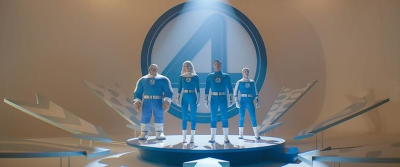
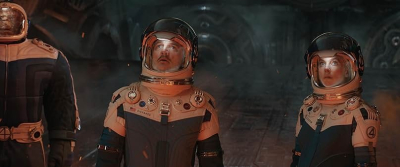
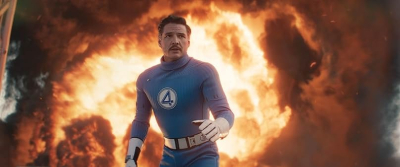
To download the app, you will get links to the Official Website and/or official digital markets.
